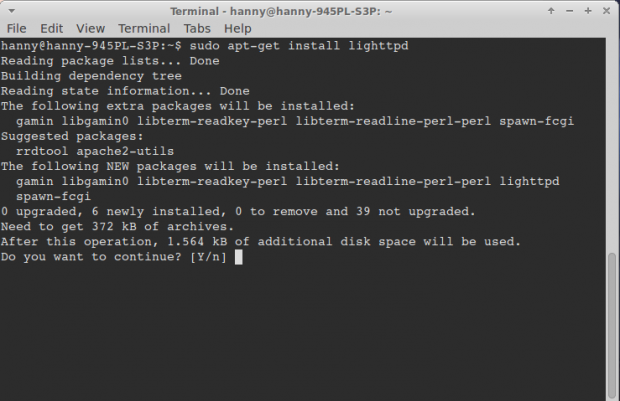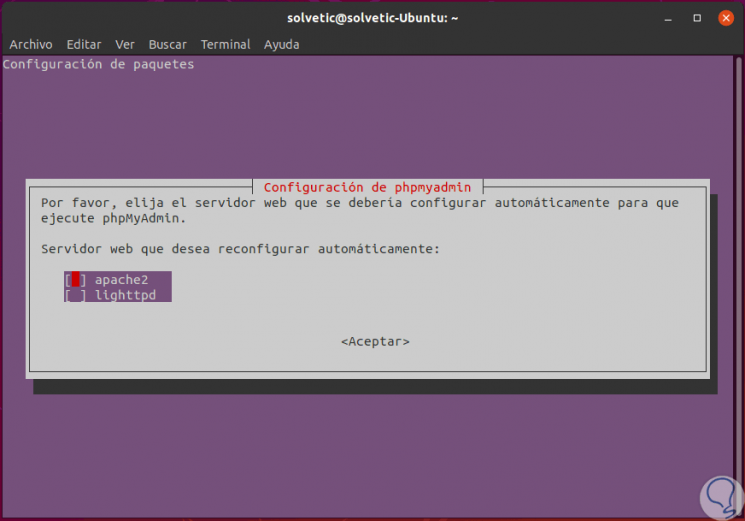
- #Mariadb phpmyadmin ubuntu 20.04 install
- #Mariadb phpmyadmin ubuntu 20.04 upgrade
- #Mariadb phpmyadmin ubuntu 20.04 password
#Mariadb phpmyadmin ubuntu 20.04 install
Now that you’ve install all the packages that are required, continue below to start configuring the servers.

then browse to your server hostname followed by /phpinfo.php You should see PHP default test page. Then type the content below and save the file. To test PHP 7.1 settings with Apache2, create a phpinfo.php file in Apache2 root directory by running the commands below To restart Apache2, run the commands below

Step 4: Restart Apache2Īfter installing PHP and related modules, all you have to do is restart Apache2 to reload PHP configurations. Then make the changes on the following lines below in the file and save. The value below are great settings to apply in your environments.Īfter making the change above, save the file and close out. Sudo apt install php7.2 libapache2-mod-php7.2 php7.2-common php7.2-mbstring php7.2-xmlrpc php7.2-soap php7.2-gd php7.2-xml php7.2-intl php7.2-mysql php7.2-cli php7.2-zipĪfter installing PHP 7.1, run the commands below to open PHP default config file for Apache2. Next, run the commands below to install PHP 7.2 and related modules.
#Mariadb phpmyadmin ubuntu 20.04 upgrade
Run the commands below to add the below third party repository to upgrade to PHP 7.1 sudo apt-get install software-properties-common in order to install it, you will have to get it from third-party repositories. PHP 7.1 may not be available on Ubuntu default repositories. if successful, you should see MariaDB welcome message Step 3: Install PHP 7.2 and Related Modules
#Mariadb phpmyadmin ubuntu 20.04 password
Then type the password you created above to sign on. Sudo apt-get install mariadb-server mariadb-clientĪfter installing MariaDB, the commands below can be used to stop, start and enable MariaDB service to always start up when the server boots. To install MariaDB run the commands below. MariaDB database server is a great place to start when looking at open source database servers to use with AbanteCart. When you see that, then Apache2 is working as expected. To test Apache2 setup, open your browser and browse to the server hostname or IP address and you should see Apache2 default test page as shown below. sudo apt updateĪfter installing Apache2, the commands below can be used to stop, start and enable Apache2 service to always start up with the server boots.

To install Apache2 HTTP on Ubuntu server, run the commands below. so install it, since AbanteCart needs it. If you have experience with Virtual Machines, these are ideal for testing migrations with.Step 1: Install Apache2 HTTP Server on UbuntuĪpache2 HTTP Server represents the A in the LAMP stack. You do not want to be mid-migration and discover that a table needs a collation change or an import file is broken. Some things in MySQL do not transparently work in MariaDB. I have seen a lot of MySQL⇢MariaDB migrations go sideways, then people call me in at crazy rates to fix the problems. One thing I will recommend, TEST THIS BEFOREHAND. If everything is good, restart your web server and give it a test. Now, at this stage, you can double-check that the database names, account names, and passwords for all of your websites are correct. Once done, flush the privileges to ensure they're active: FLUSH PRIVILEGES Now we get to set the permissions for the accounts we created earlier: GRANT ALL PRIVILEGES ON wordpress.* TO do this for each account, making sure they have access to the correct databases.

There are some that you will not need going forward, though, so let's export just the ones you care about: mysqldump -u -p wordpress < wordpress-export.sqlĭo this for each of the databases that was exported, replacing the database name and SQL file with the correct ones. The first - and most important thing - is that you first export all of your databases. That said, the basics would look like this: 1 - Export all databases (with procedures & triggers intact) Versions have to be taken into account as well as database engines and the like. A "definitive guide" will be hard to write for every situation as every server is different.


 0 kommentar(er)
0 kommentar(er)
